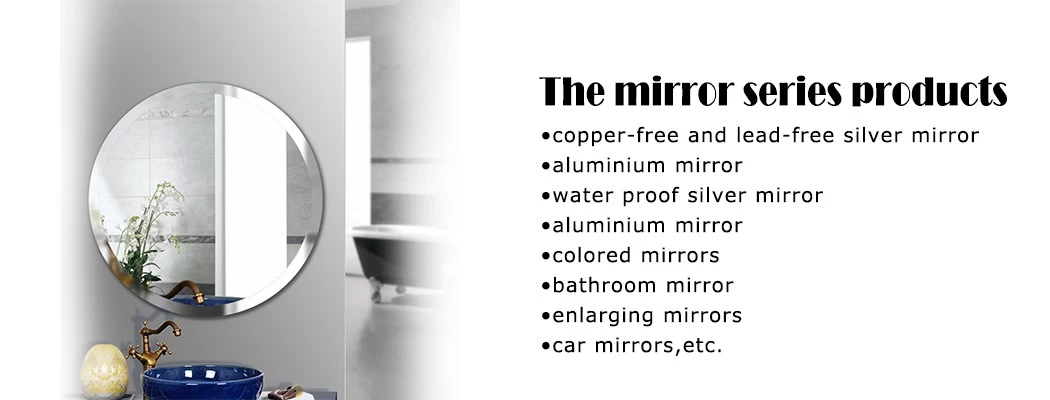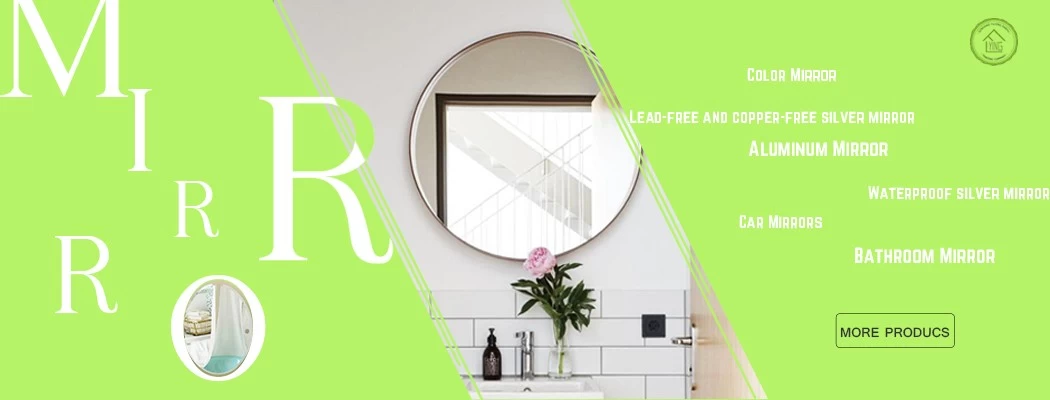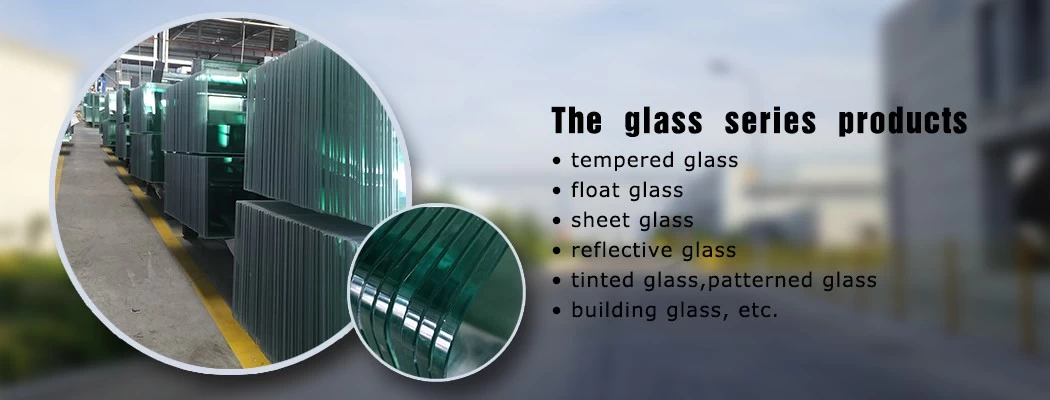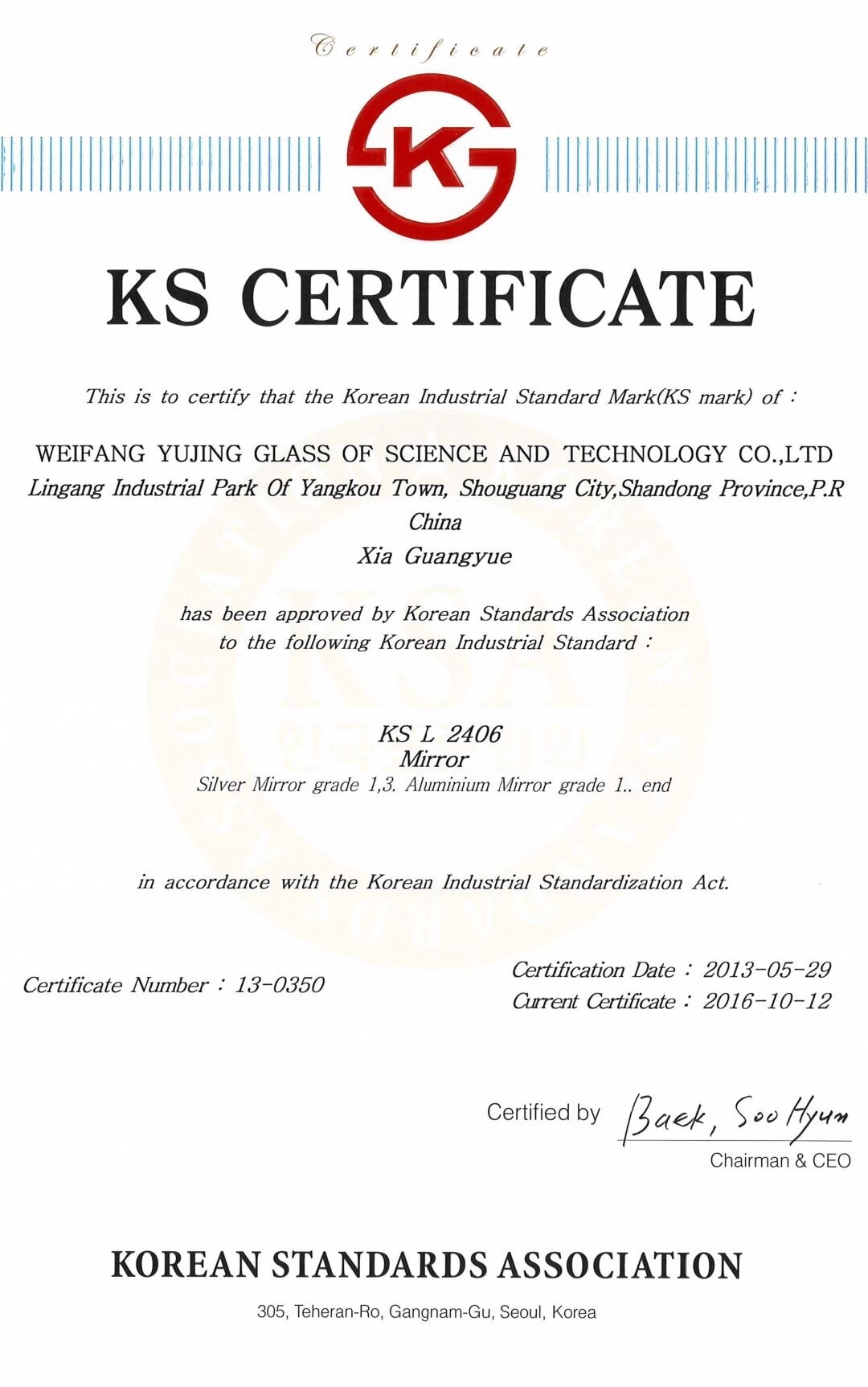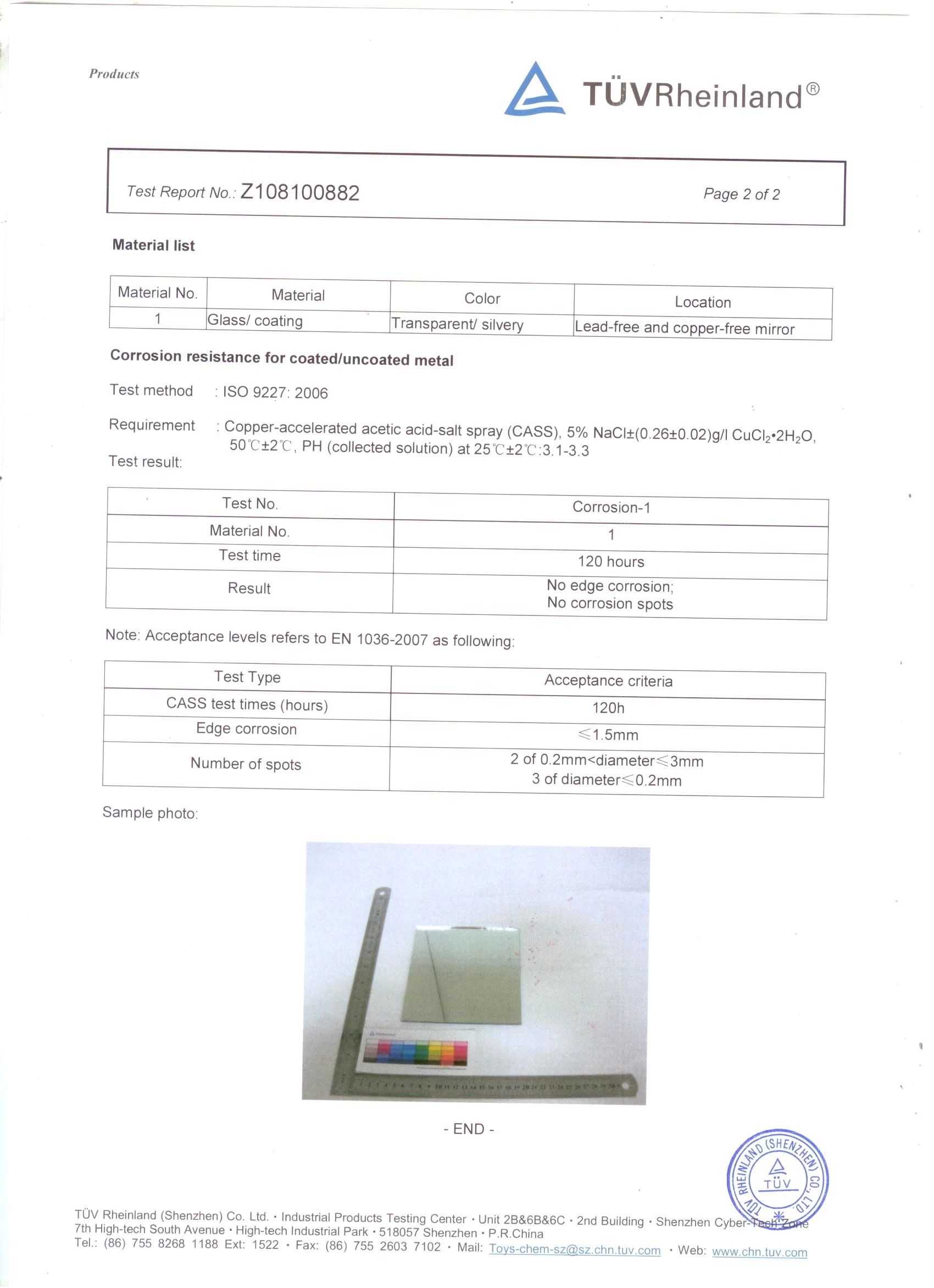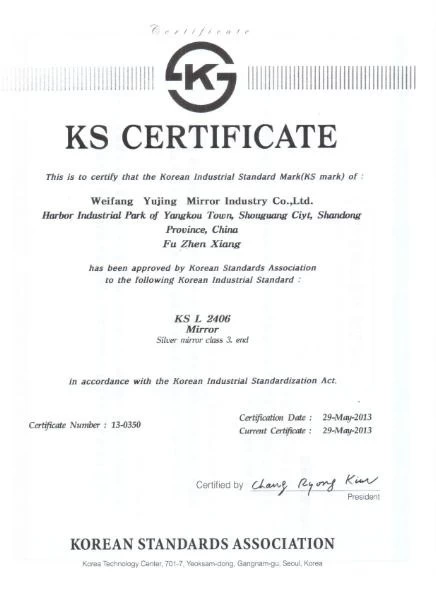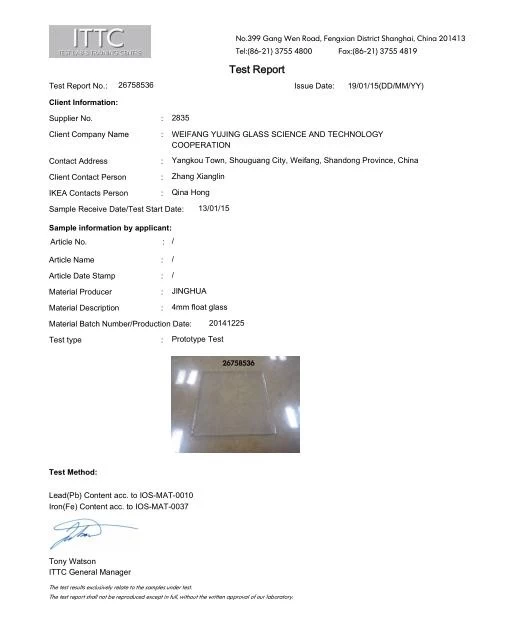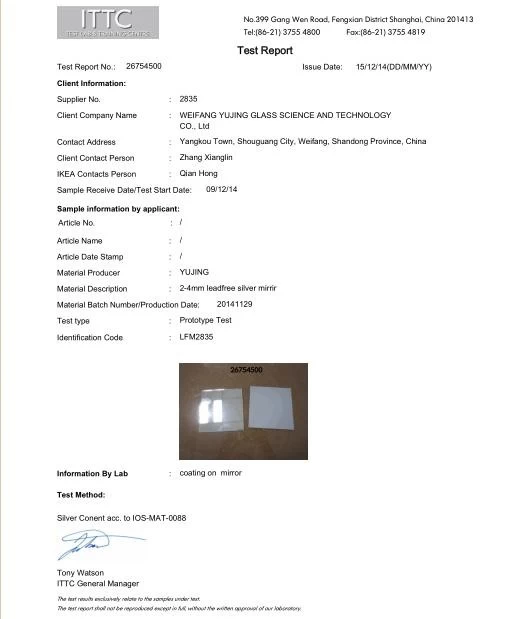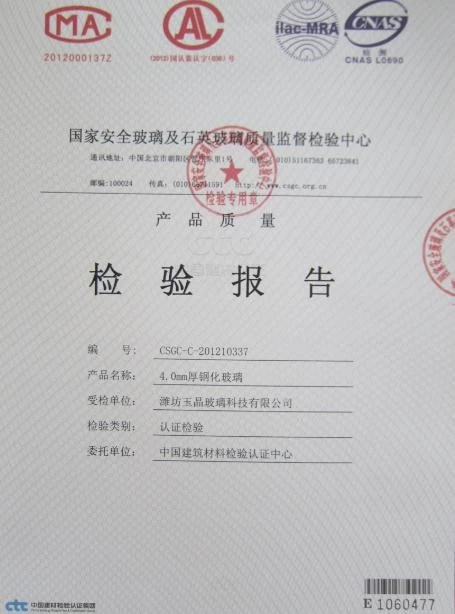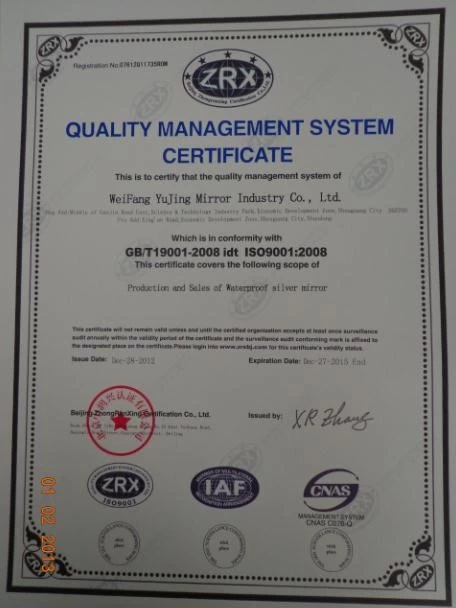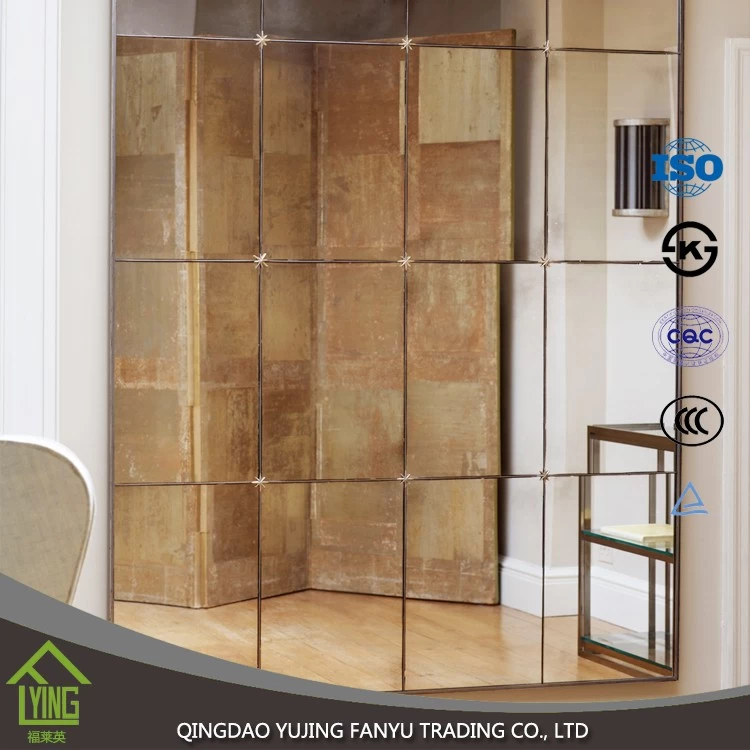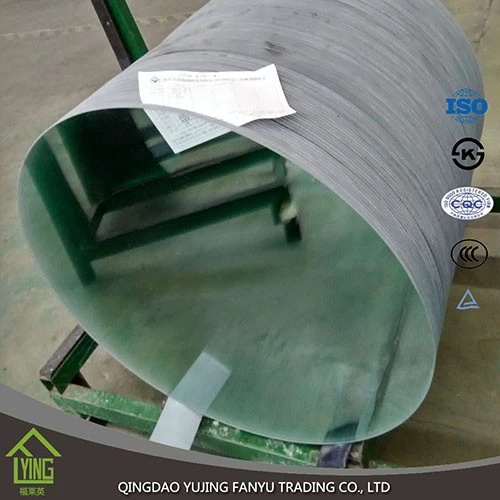|
It is understood that glass is generally insoluble in acid (exception: hydrofluoric acid reacts with glass to form SiF4, resulting inglassCorrosion); but slightly soluble in strong bases such as barium hydroxide. The following article will introduce you to the principle of glass transparency? The little friends who want to know can take a look!
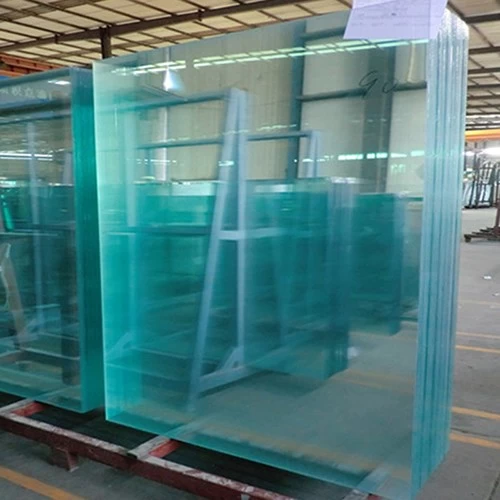
Why is glass transparent?
An important reason: a solid substance, if viewed from the inside of the atom, it is actually empty. Because inside the atom, the volume of the nucleus and electrons adds up to less than 1000 million of the atomic volume. Moreover, there is no evidence that the nucleus and electrons cannot be passed by photons! Therefore, transparency is normal!
To figure out this complicated problem, you must first figure out the following question: Why are some substances opaque?
For opaque substances, we can be divided into four categories:
1. Opaque due to the blocking action of free electrons: this is the reason for metal opacity.
2, opacity caused by substances that can absorb light: the electron excitation energy of molecules of such substances is relatively low, just in the visible range, and the structure of benzene ring, benzoquinone, benzidine or other conjugated system is often in the molecule. This structure can reduce the excitation energy of electrons, making electrons easily transition and absorb the energy of photons. Then the light is absorbed.
3. Opaque due to the destruction of the structure of the transparent substance. If the glass is transparent, the glass powder is opaque; the ice is transparent, and the ice is smashed and opaque. If a substance does not conform to 1, 2, then it can pass light, but if it has many small gaps in its structure, it is white. This is why white objects are opaque.
The result of mixing 4, 1, 2, 3 reasons. The opacity of many objects in reality is caused by this reason.
If a substance has no free electrons in its structure and no electrons that are easily excited, the structure of the substance is very tight, and there are not many conditions such as pores. That matter can pass through the photon, which is transparent. So the glass is transparent!
|


